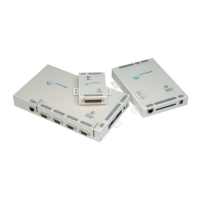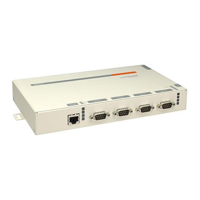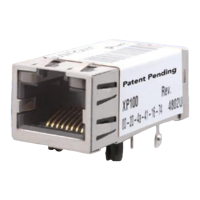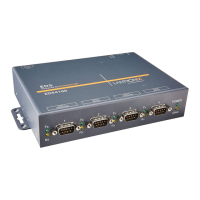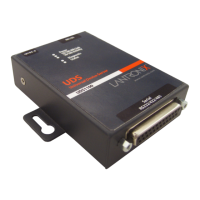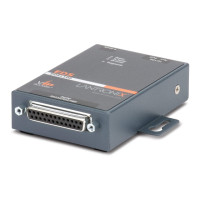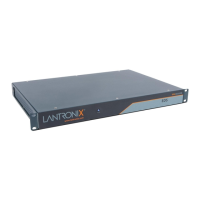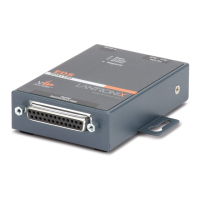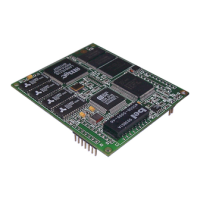SLC™ Console Manager User Guide 329
Appendix F: Protocol Glossary
BOOTP (Bootstrap Protocol)
Similar to DHCP, but for smaller networks. Automatically assigns the IP address for a specific
duration of time.
CHAP (Challenge Handshake Authentication Protocol)
A secure protocol for connecting to a system; it is more secure than the PAP.
DHCP (Dynamic Host Configuration Protocol)
Internet protocol for automating the configuration of computers that use TCP/IP.
DNS (Domain Name Servers)
A system that allows a network name server to translate text host names into numeric IP
addresses.
IPsec (Internet Protocol Security)
A protocol suite for securing Internet Protocol (IP) communications by authenticating and
encrypting each IP packet of a communication session. IPsec includes protocols for establishing
mutual authentication between agents at the beginning of the session and negotiation of
cryptographic keys to be used during the session. IPsec can be used in protecting data flows
between a pair of hosts (host-to-host), between a pair of security gateways (network-to-network),
or between a security gateway and a host (network-to-host).
Kerberos
A network authentication protocol that provides strong authentication for client/server applications
by using secret-key cryptography.
LDAP (Lightweight Directory Access Protocol)
A protocol for accessing directory information.
Modem State Parameters
Dial-in—The SLC console manager waits for a peer to call the SLC unit to establish a text
(command line) or PPP connection.
For text connections, the user will be prompted for a login and password, and will be
authenticated via the currently the currently enabled authentication methods (Local Users,
NIS, LDAP, etc). Once authenticated, a CLI session will be initiated, and the user will remain
connected to the SLC console manager until they either logout of the CLI session, or (if
Timeout Logins is enabled) the CLI session is terminated if it has been idle.
For PPP connections, the user will be authenticated via PAP or CHAP (configured with the
Authentication setting). For PAP, the Local User list will be used to authenticate the login and
password sent by the PPP peer. For CHAP, the CHAP Handshake Host/User Name and
Secret/User Password will be used to authenticate the login and password sent by the PPP
peer. Once authenticated, a PPP session will be established using either negotiated IP
addresses or specific IP addresses (determined by the Negotiate IP Address setting).
Dial-out—The SLC console manager dials a remote peer to establish a PPP connection. The
SLC device dials the Dial-out Number, and if the remote peer requests PAP or CHAP
authentication, provides the Dial-out Login and Dial-out Password as authentication tokens.
Once authenticated, a PPP session will be established using either negotiated IP addresses
or specific IP addresses (determined by the Negotiate IP Address setting).
